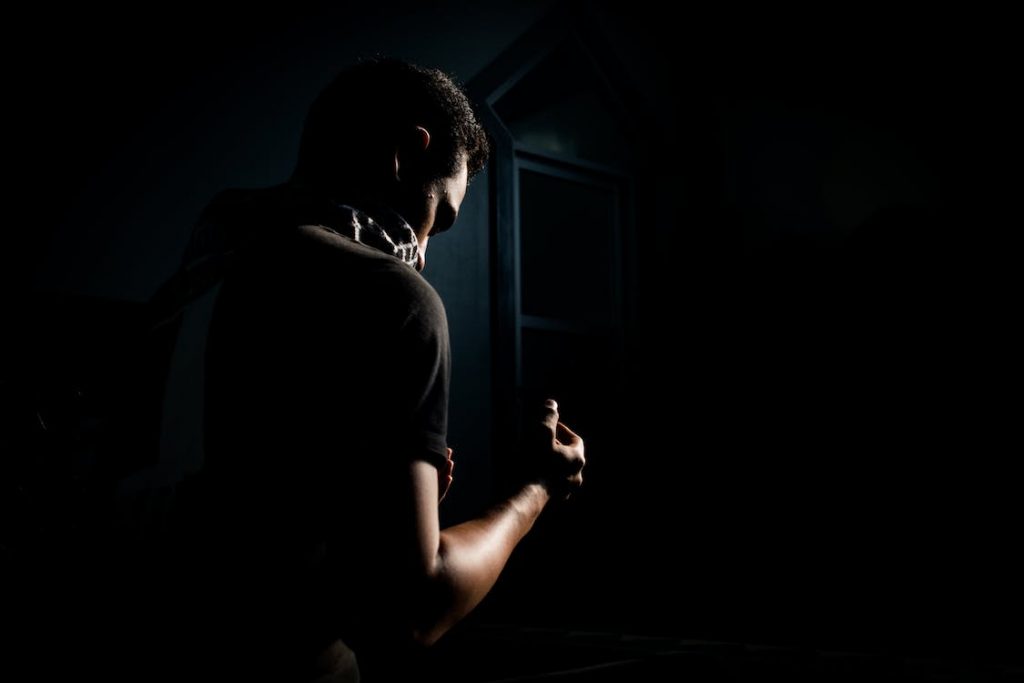In the vast canvas of visual arts, photographers often seek ways to convey emotions and drama through their lens. One such powerful technique that has gained popularity is low key photography. This style of photography thrives on shadows, emphasizing mood, and creating compelling narratives through contrast.
Table of Contents
Understanding Low Key Lighting
Low Key Lighting is the cornerstone of this photographic style. It involves illuminating the subject in a way that leaves parts of the scene in darkness, contributing to a mysterious and dramatic atmosphere. The interplay of light and shadow becomes a visual language, telling a story that captivates the viewer.
Equipment Needed
To dive into low key photography, having the right equipment is crucial. This style of photography relies heavily on manipulating light and shadow to create dramatic, mood-laden images. Here’s a closer look at the essential gear you’ll need:
Camera with Manual Settings
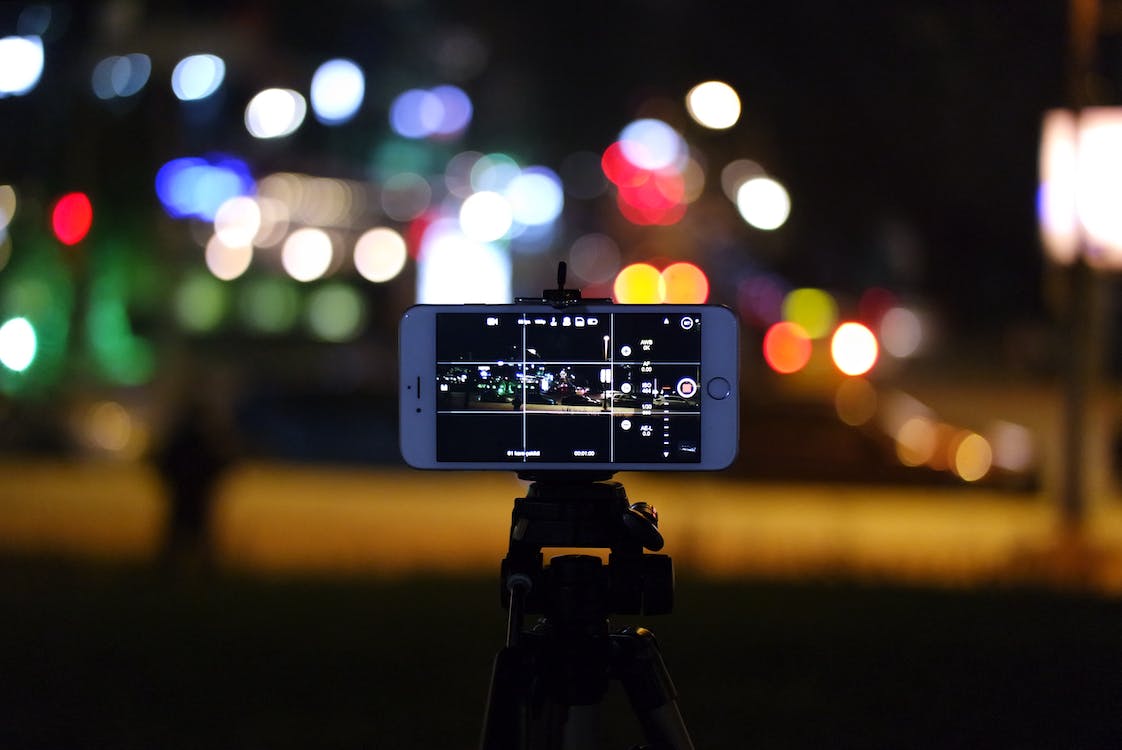
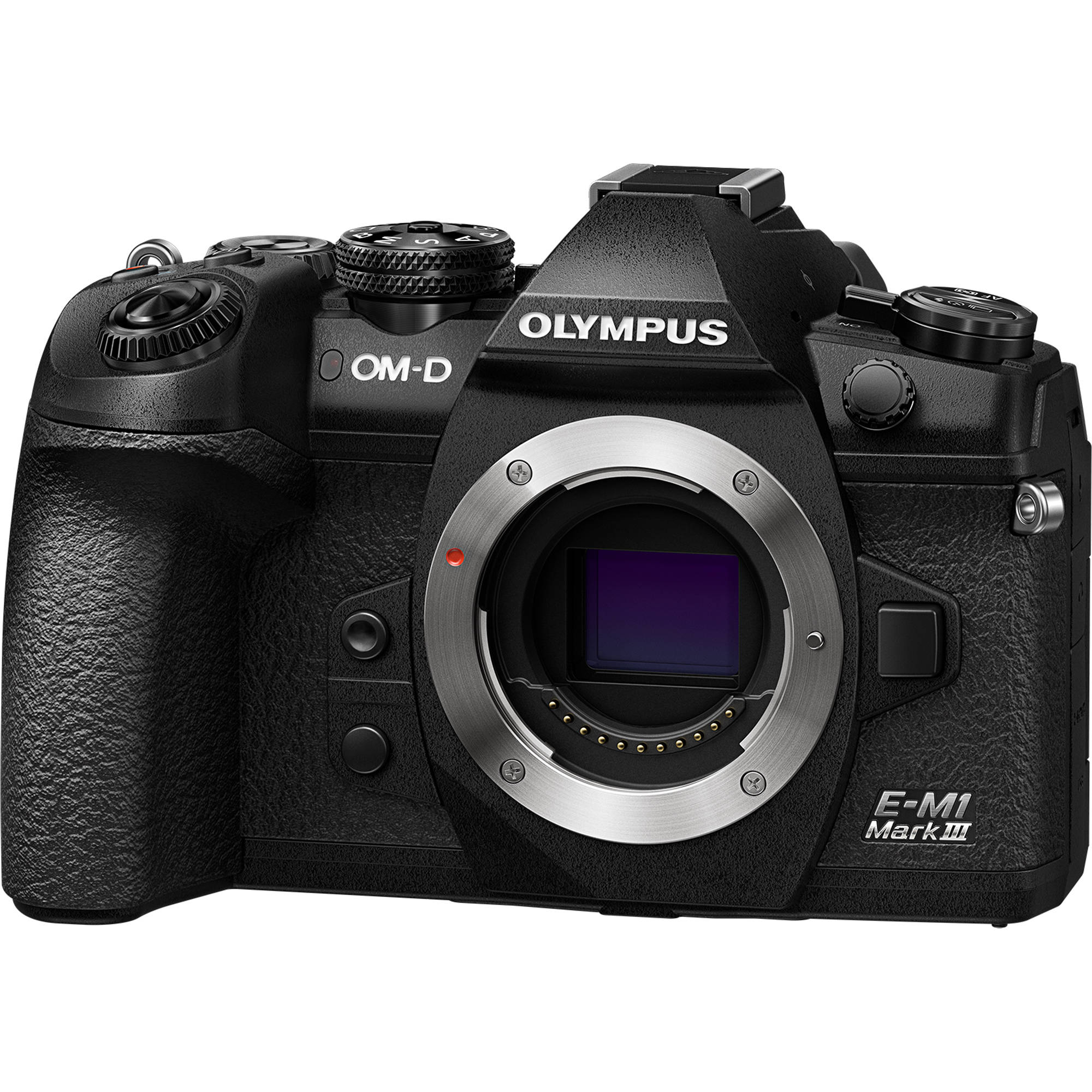
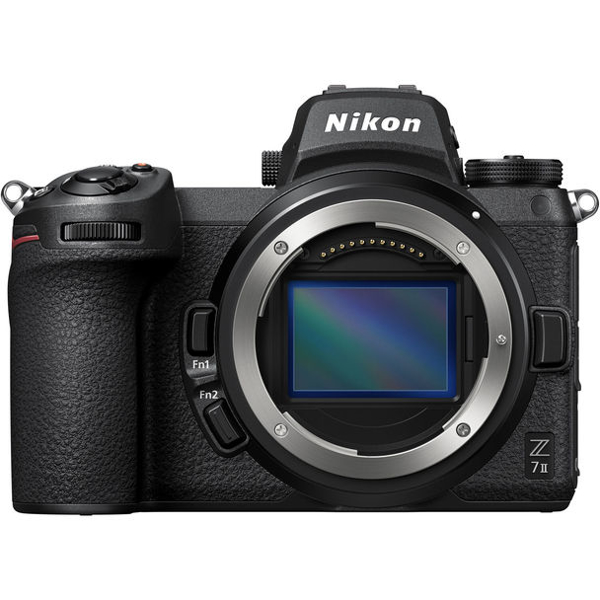
- Why it’s essential: Low key photography demands precision, and having a camera with manual settings provides the control needed to adjust aperture, shutter speed, and ISO. This control is vital for capturing the nuanced play of light and shadows.
- Recommendation: Opt for a DSLR or mirrorless camera that allows you to fine-tune settings manually. Cameras from brands like Canon, Nikon, or Sony often offer models tailored for both beginners and seasoned photographers.
Selection of Lenses
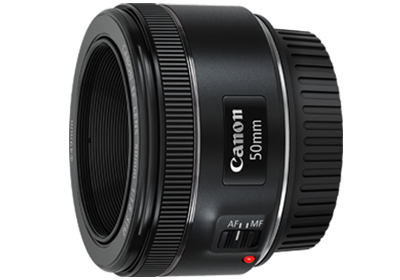

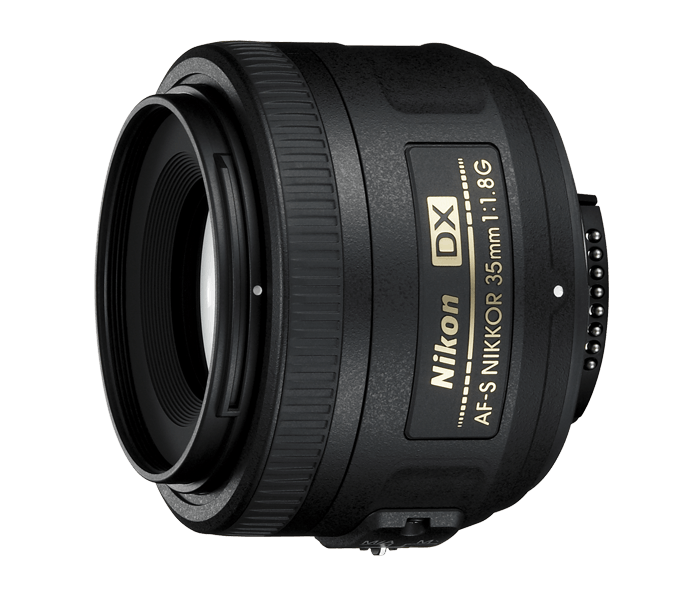
- Why they matter: Different lenses serve various purposes in low key photography. A prime lens with a wide aperture, such as a 50mm f/1.8, is excellent for capturing sharp, well-defined subjects. Wide-angle lenses can enhance the drama by incorporating more of the scene.
- Recommendation: Build a versatile lens collection, including a prime lens for portraits and a wide-angle lens for expansive shots. Experimenting with different lenses adds depth and variety to your Low Key portfolio.
Lighting Equipment
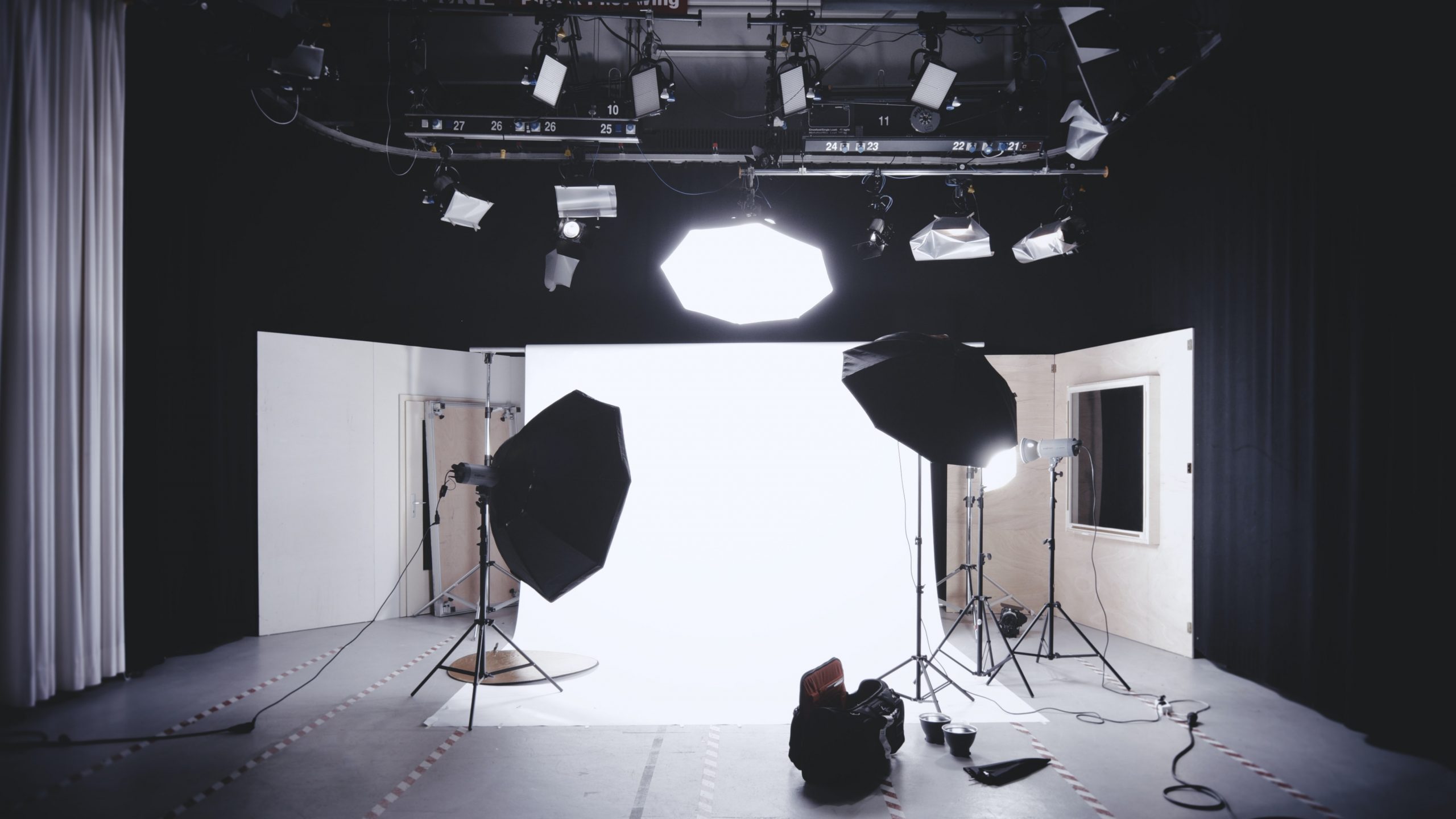
Softboxes
- Why they’re crucial: Softboxes diffuse light, creating a gentle and even illumination that minimizes harsh shadows. This is particularly important in low key photography, where controlled lighting is paramount.
- Recommendation: Invest in a set of softboxes with adjustable panels, allowing you to modify the light’s direction and intensity. Brands like Godox and Neewer offer reliable options.
Spotlights
- Why they’re essential: Spotlights provide focused and directional lighting, enabling you to highlight specific areas of your composition. This control over light is instrumental in shaping the shadows for dramatic effect
- Recommendation: Consider spotlights with adjustable angles and intensity settings. This flexibility allows you to tailor the lighting to suit the mood and style of each photograph.
Light Stands and Tripods
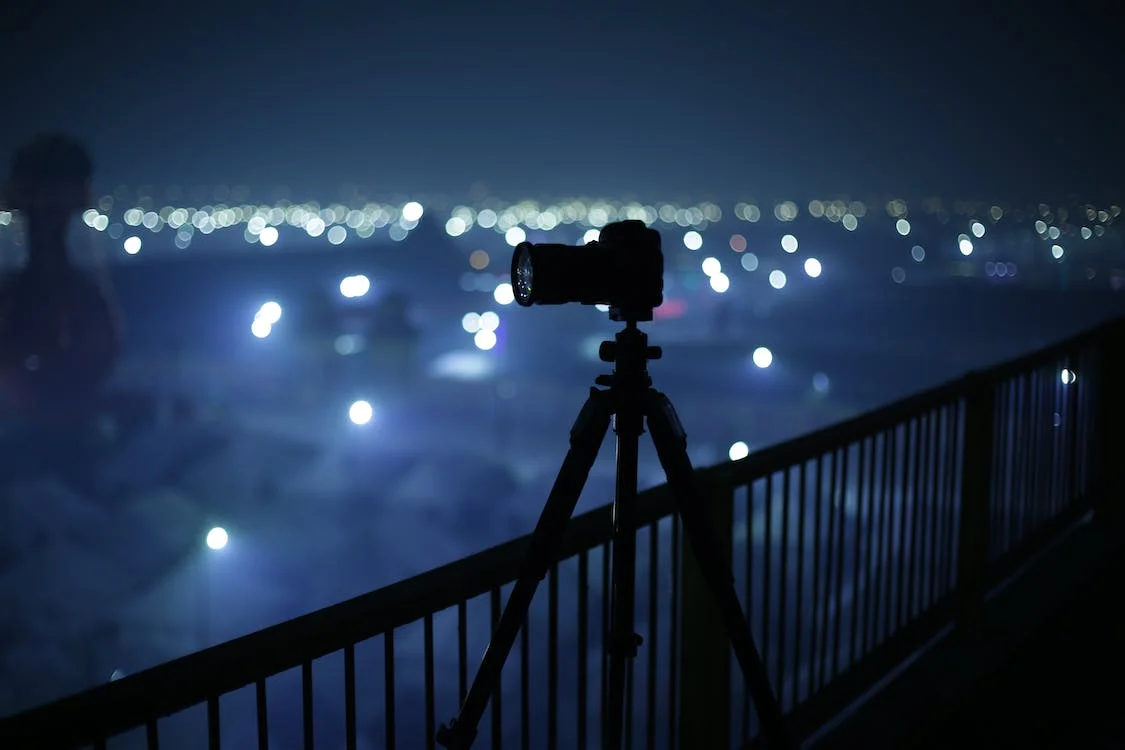
Why they’re necessary: Stability is key in low key photography , especially when dealing with longer exposure times. Light stands and tripods ensure that your camera and lighting equipment remain steady, preventing unwanted blurriness.
Recommendation: Invest in sturdy light stands and tripods that can support the weight of your camera and lighting gear. Look for adjustable options to achieve the perfect height and angle for your shots.
Remote Shutter Release:
Why it’s handy: A remote shutter release allows you to capture images without physically touching the camera. This minimizes the risk of camera shake, ensuring sharp and clear Low Key photographs.
Recommendation: Choose a wireless remote shutter release compatible with your camera model. This small accessory can significantly improve the technical quality of your shots.
Setting Up for Success
Setting the stage for successful low key photography involves a careful blend of choosing the right location and mastering your camera settings. Let’s delve into the key aspects that contribute to creating compelling low key images:
Choosing the Right Location

Your location serves as the canvas for your low key photography masterpiece. Whether it’s an indoor studio or an outdoor environment, the setting significantly influences the mood and composition of your shots.
Considerations
Opt for locations with interesting architectural elements, textured backdrops, or captivating natural features. Urban environments with dramatic lighting or secluded spots in nature can provide the perfect backdrop for your low key compositions.
Controlling Natural Light
While natural light can be a powerful tool, controlling it is crucial in low key photography. Choose locations where you can manipulate and harness natural light to your advantage, avoiding situations where sunlight might overpower your intended atmosphere.
Mastery of Your Camera
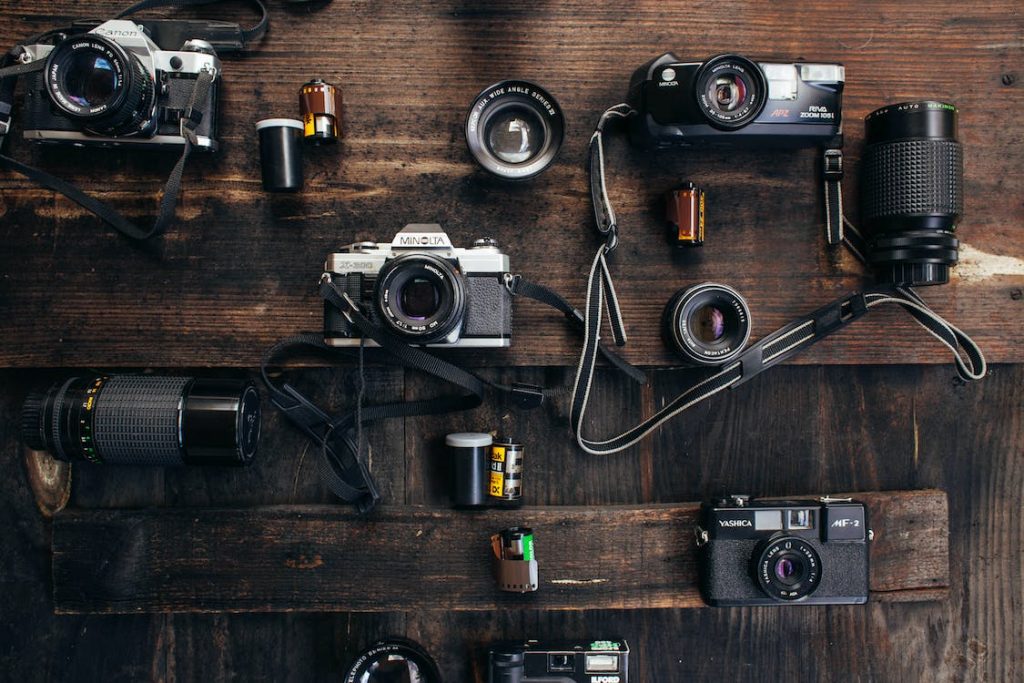
Aperture
Why it matters: Aperture plays a pivotal role in low key photography, determining the depth of field and the amount of light entering the lens. A wider aperture (lower f-number) allows more light and creates a shallower depth of field, ideal for isolating subjects.
Recommended Settings: Experiment with wide apertures (f/1.8 to f/5.6) for portraits, emphasizing the subject against a blurred background. For scenes with multiple elements, consider a slightly narrower aperture (f/8 to f/16) to maintain sharpness.
Shutter Speed
Shutter speed influences the exposure time, affecting how motion is captured in your low key images. Slower shutter speeds can introduce intentional blur, adding a dynamic element to your photographs.
Recommended Settings: Use a slower shutter speed (1/30s or slower) for deliberate motion blur or when capturing a still scene with minimal movement. Faster shutter speeds (1/125s or faster) are ideal for freezing action, ensuring sharpness in dynamic shots.
ISO Settings for Low Light
In low key scenarios, lighting may be intentionally subdued. Adjusting the ISO settings helps compensate for reduced light, preventing underexposed images.
Recommended Settings: Start with a lower ISO setting (100-400) to maintain image quality and minimize noise. As lighting conditions demand, gradually increase the ISO for well-exposed shots, keeping an eye on the balance between brightness and noise.
Experimentation and Adaptation

Low key photography is an art form that thrives on experimentation. Be open to adapting your settings based on the specific characteristics of each scene. Embrace the unexpected and let your creativity guide your adjustments.
Before diving into your main compositions, take test shots to assess how different camera settings interact with the lighting conditions. This practice allows you to fine-tune your approach and achieve the desired mood and exposure.
Common Mistakes to Avoid
Even seasoned photographers can fall prey to certain common mistakes that, if left unaddressed, may detract from the essence of this unique style. Let’s explore these errors and how to navigate around them:
Overexposing Images
Overexposure, or letting too much light into the camera, can wash out details, flatten shadows, and compromise the dramatic impact of low key photography.
Prevention Strategies
- Monitor Histograms: Regularly check the histogram on your camera’s display. Ensure that the graph is well-distributed, avoiding spikes on the right side, which indicate overexposure.
- Test Exposures: Take test shots and review them carefully. Adjust your camera settings to maintain a balance between capturing detail in shadows and preventing highlights from blowing out.
Neglecting the Importance of Shadows
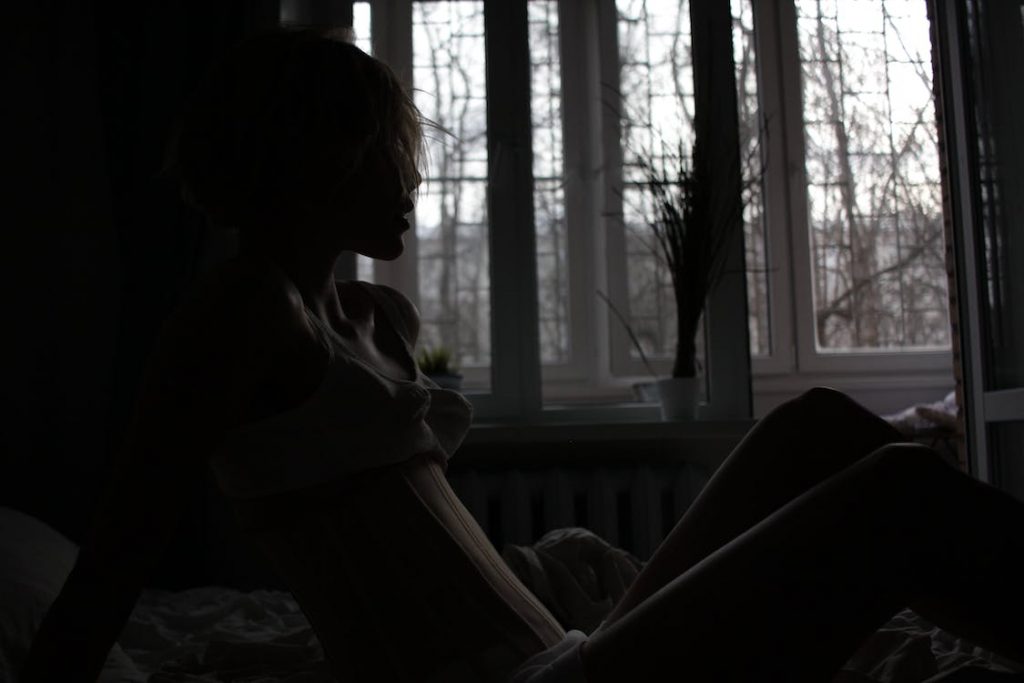
Shadows are a crucial element in low key photography, contributing to the overall mood and drama. Neglecting their significance can result in visually flat and uninteresting images.
Prevention Strategies:
- Experiment with Shadows: Instead of avoiding shadows, embrace them as a creative tool. Experiment with different lighting angles to enhance shadows and create depth in your compositions.
- Pay Attention to Contrast: Ensure a compelling interplay between light and shadows. A well-defined contrast adds dimension and visual interest to your low key images.
Insufficient Focus on Composition
Low key photography is not just about lighting; composition plays a vital role. Ignoring composition can lead to visually cluttered or uninspiring photographs
Prevention Strategies:
- Emphasize Composition Techniques: Utilize composition principles such as the rule of thirds, leading lines, and framing to enhance the visual appeal of your images.
- Consider Negative Space: Thoughtfully use negative space to draw attention to your subject. Strategic placement of elements can elevate the overall impact of your low key compositions.
Ignoring White Balance
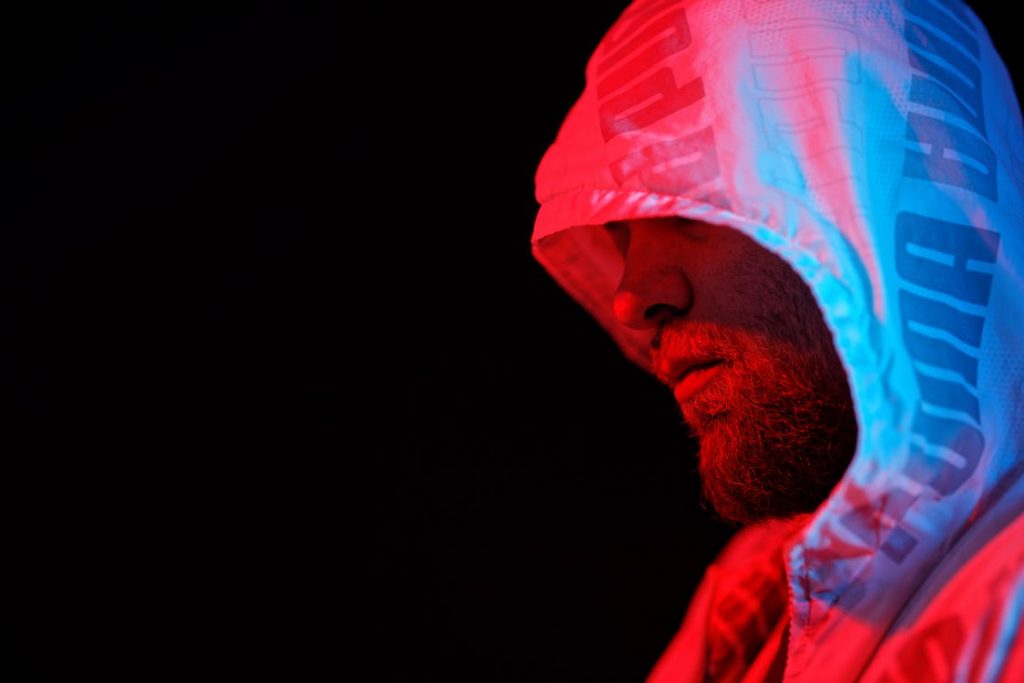
Incorrect white balance can distort colors and affect the mood of your low key images. Ignoring this aspect can result in an unintended color cast.
Prevention Strategies:
- Customize White Balance: Set the white balance manually or choose a preset that complements the mood you want to convey. Pay attention to the color temperature to maintain the desired atmosphere.
Overlooking Post-Processing
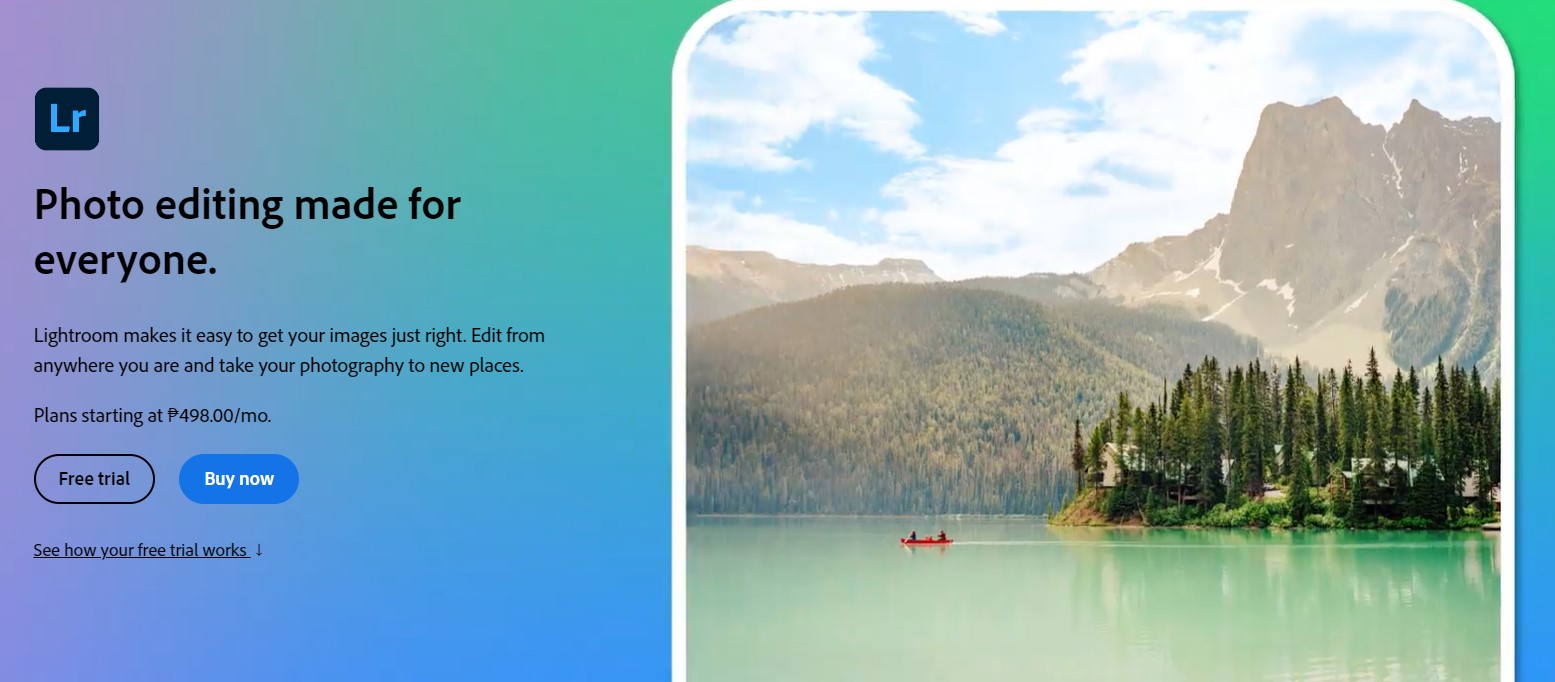
While capturing the image is crucial, neglecting post-processing can limit the full potential of low key photography. Failure to enhance shadows or highlights in editing may result in underwhelming results.
Prevention Strategies:
- Invest Time in Editing: Use post-processing software like Adobe Lightroom or Capture One to fine-tune your images. Adjust shadows, highlights, and contrast to achieve the desired mood.
- Maintain a Natural Look: While editing is essential, strive for a balance. Avoid excessive manipulation that veers away from the authentic feel of your low key compositions.
Conclusion
In conclusion, low key photography is a captivating journey into the world of shadows and light. Mastering this art form requires a blend of technical skill, creativity, and a keen eye for composition. As you embark on your low key photography adventure, remember to explore, experiment, and let your creativity flow.
FAQs
Can low key photography be achieved with a smartphone?
Absolutely! While professional cameras offer more control, smartphones with advanced cameras can capture stunning Low Key images. Experiment with lighting and composition to maximize results.
How do I avoid overexposure in low key photography?
Adjust your camera settings carefully, especially the aperture and shutter speed. Keep an eye on the histogram to ensure a balanced exposure without losing details in highlights.
Are there specific genres where low key photography works best?
Low key photography is versatile and suits various genres, including portraits, still life, and landscapes. The key is to adapt the style to convey the desired mood and emotion.
What editing software is recommended for low key photography?
Popular choices include Adobe Lightroom and Capture One. Experiment with these tools to enhance shadows, highlights, and overall mood in your Low Key images.
How can I stand out in the competitive world of low key photography?
Develop a unique visual style, be consistent in your work, and actively engage with the photography community. Networking and showcasing your portfolio on social media can also help you gain recognition.
Afterword
We hope that you find this article helpful. Thank you for reading and you’re always free to leave a comment. If you find this article interesting, consider checking out one of our recently published posts. A few of them showcase advancements in technology such as AI Art Generators. On the other hand, if you’re looking towards Photography, we also offer great articles for your inspiration. We also have multiple articles that talk about the various printing mediums for wall art. May these articles give you inspiration for your next print!
Find them here:
Discover the Secret to High-quality Canvas Prints
The 9 Best Canvas Print Companies in 2023
Acrylic Prints: Add Vibrance to Any Space
The Top Food Photography Trends to Try Now
The Ultimate Guide to Continuous Lighting for Photography
Stable Diffusion Tips and Tricks
Best AI Art Generator for Android Phones 2023
We enjoy reading your comments and insights with our posts! Should you have any questions or concerns, feel free to leave them below! -Mark

